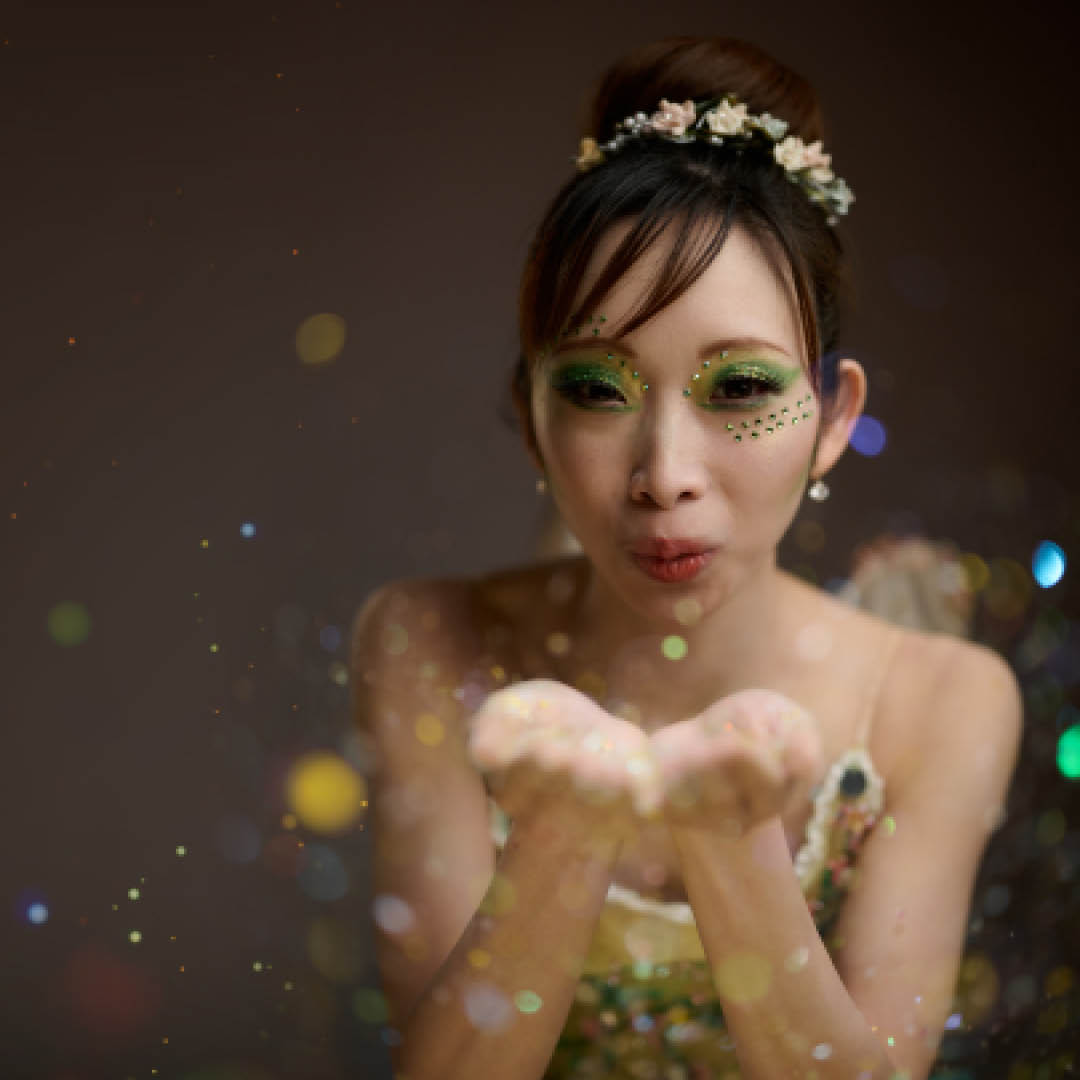For its first production of 2024, Eugene Ballet presents a world premiere ballet from Resident…
The People of Peer Gynt: Satoko Motouji
By: Anna Herring
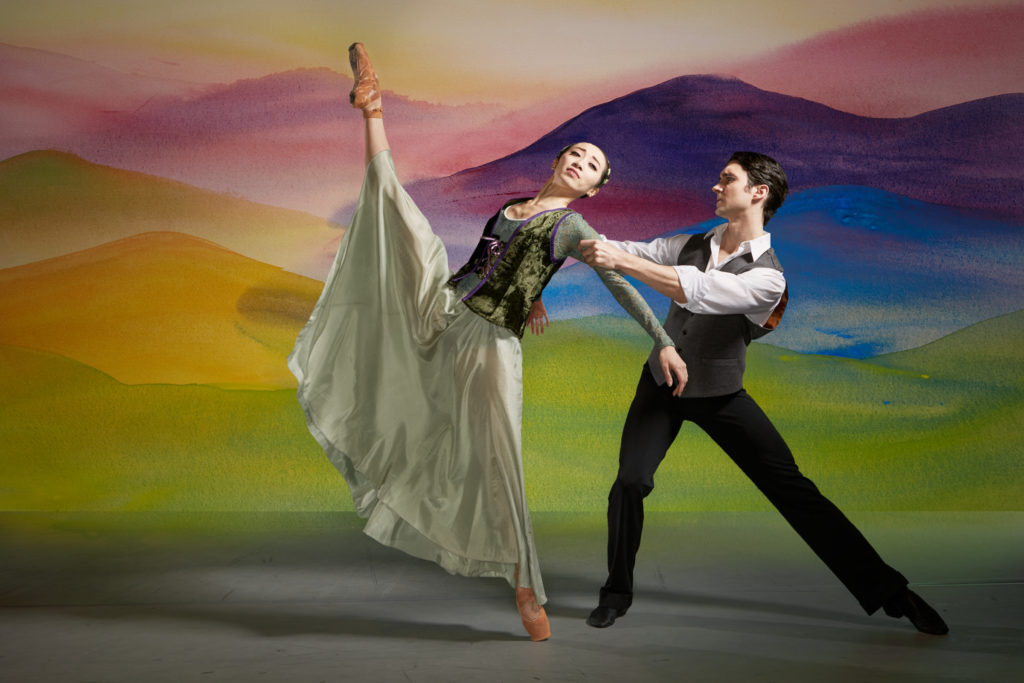
Henrik Ibsen’s Peer Gynt is not your typical theater play.
In the book History of Theatre, Peer Gynt’s 40 scenes are described as “moving uninhibitedly in time and space and between conscious and unconscious, blending folkloric fantasy and unsentimental realism.”
With a little bit of creative freedom, most theater and ballet adaptations of Peer Gynt put their own spin on the classic Norwegian fairytale. The set artists and designers have the immense task of creating the real and surreal landscapes of Peer Gynt. Each adaptation comes with its own quirks. Eugene Ballet Artistic Director Toni Pimble’s vision for her production was no different, and is why she contacted her friend and visual artist Satoko Motouji to make her fantasy a reality.
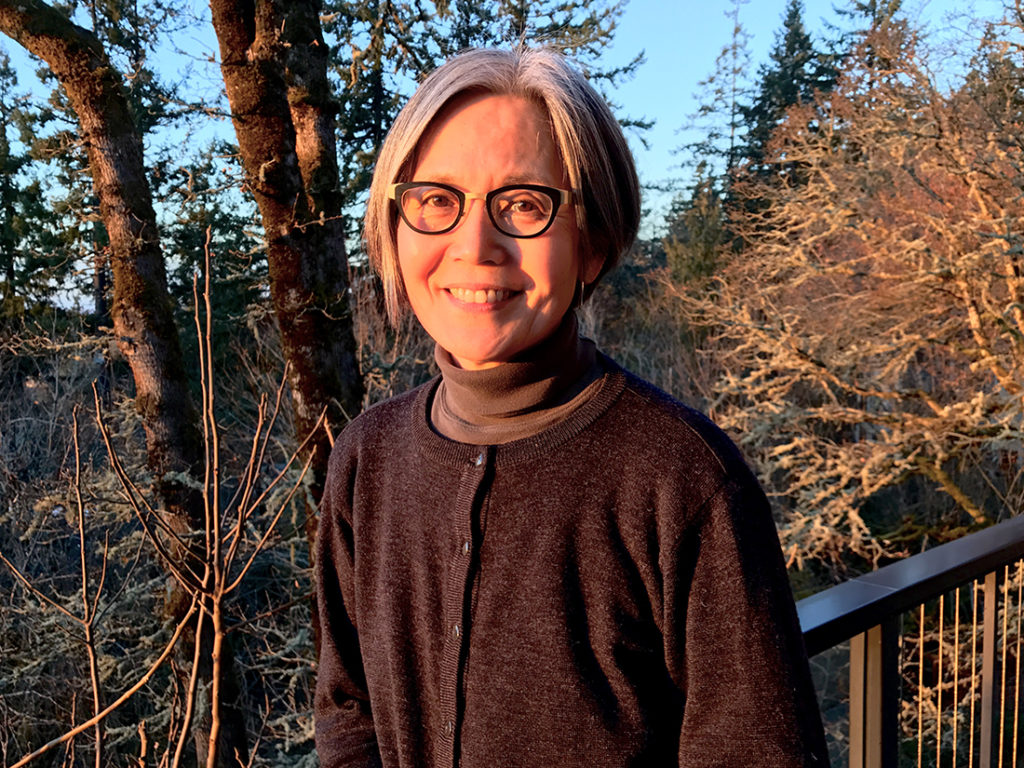
Satoko described her experience designing the background scenery: “I thought it was a really interesting opportunity for me to do something totally new.”
At the time of Pimble’s call, Satoko was immersed in a three-month residency at the Sitka Center for Art and Ecology, located in tiny Otis, Oregon. Here, the Salmon River estuary feeds into the Pacific Ocean, creating a rich and diverse environment for wildlife.
After returning from Sitka in May of last year, Satoko spent eight to nine hours per day working on the 15 watercolors that will be projected onto the stage during Eugene Ballet’s production of Peer Gynt at Silva Concert Hall. In just more than eight weeks, Satoko finished all of the paintings. This was her first experience working on a commission project, not just for a ballet, but also on a deadline.
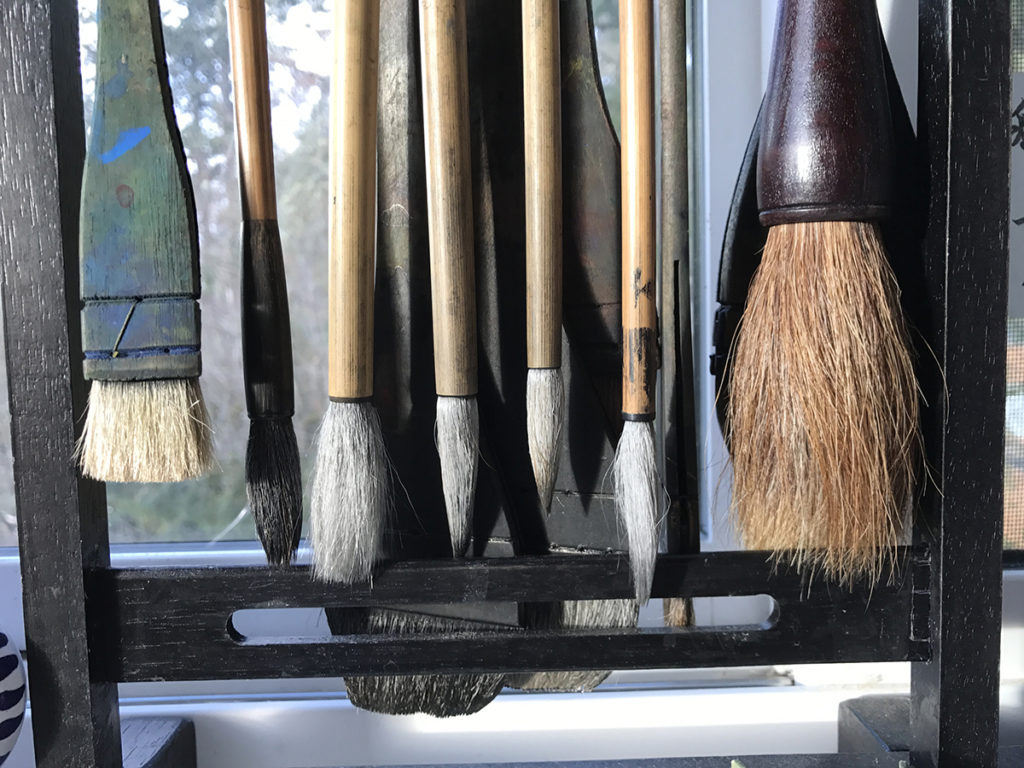
“I wanted to respect her [Pimble’s] idea and concept, this is her ballet. She didn’t want to have very realistic, concrete images. She wanted to have a landscape that was flowing and loose, and not necessarily Norwegian.”
Nature is an important influencing factor for Satoko and her work, especially the colors and textures found in Italian landscapes. After her first opportunity to go to Italy in 1994, Satoko has found time to return every year to paint the scenery.
“When you visit LeCrete (Italy) in the summer time, especially toward sunset, you see the shadow of the clouds moving across these undulating round hills and the light shining on the light-grey earth. I thought it was one of the most beautiful things I had ever seen.”
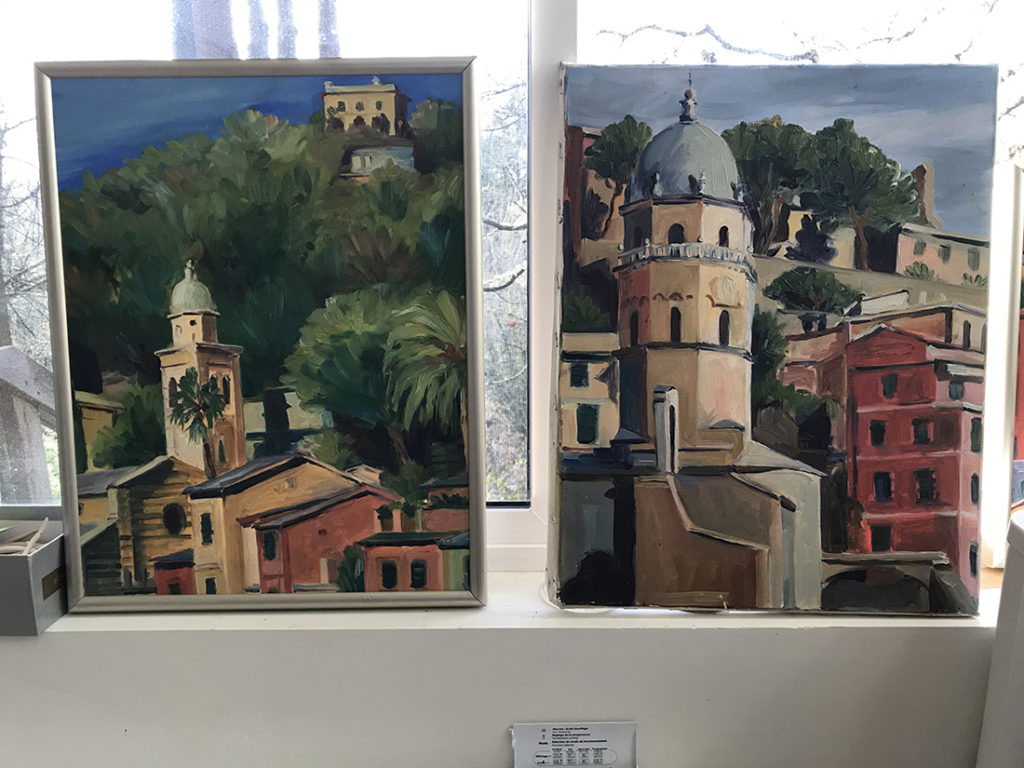
There is no shortage of color in the pieces that Satoko created for Peer Gynt; one painting is filled with bright waves of colors, each complementary to the other, while another plays with dark and light and portrays the mighty Sphinx.
The paintings that Satoko created for each scene will be displayed as enlarged stills in combination with digital manipulations and video projections to make the Peer Gynt scenery come alive. By combining the rich hues of the watercolor paintings with videos of different scenes in nature, this creates the effect of the audience being transported into the landscapes of the ballet.
However, in spite of her creative contributions to this ballet, Satoko recognizes that Peer Gynt is not about her art.
“You cannot overwhelm the ballet dancers and the choreography. Scenery is scenery; it’s not the subject. The scenery has to enhance and support the dancer and then the content and the story. That was challenging. If I’m just painting a piece for myself, I don’t have to think about that.”

Satoko’s Peer Gynt paintings will be part of the First Friday Artwalk at White Lotus Gallery in Eugene on April 6, 2018. Eugene Ballet will have two Peer Gynt cast members in costume to promote the Performance. The paintings will be on view at White Lotus Gallery through May 12, 2018.





